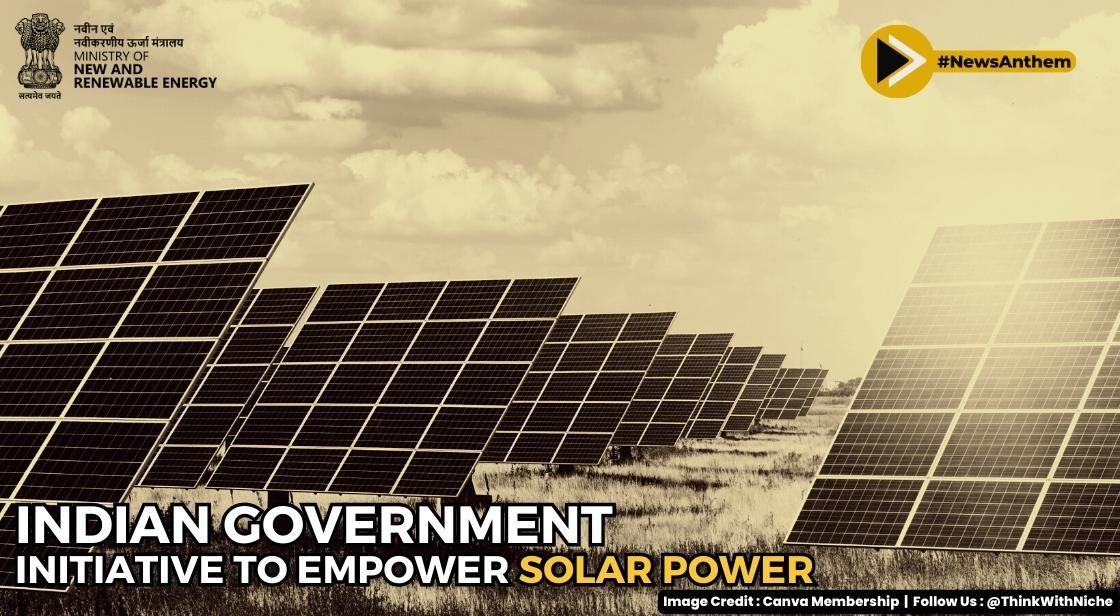Govt Lifts ALMM Mandate For Projects Commissioned By March 2024, Boosting Solar Energy

News Synopsis
The Indian government released the long-awaited order exempting ongoing solar projects from the mandatory regulation of obtaining photovoltaic modules from the Authorized List of Models and Manufacturers (ALMM) late on March 10. With this move, solar projects are likely to gain traction after a year or two of stagnation.
The move is noteworthy since India's goal is to develop 280 gigatonnes (GW) of solar power capacity by 2030, which means the country would need to add around 27 GW every year. India now has 63.89 GW of installed solar capacity. " The undersigned is ordered to transmit that the Authorized Models and Manufacturers of Solar Photovoltaic Modules (Requirements for Compulsory Registration) Order, 2019, and subsequent revisions and clarifications thereto, are hereby put in abeyance for one fiscal year, i.e. FY 2023-24.
Hence, projects completed by March 31, 2024 will be exempted from the requirement to procure Solar PV modules from ALMM "read the order issued on March 10 by the Ministry of New and Renewable Energy (MNRE). Contrary to speculations that the government will relax the ALMM mandate for two years, the administration has only allowed for a one-year exemption for the time being.
The ALMM mandate was implemented in 2021 as a non-tariff barrier to stimulate local manufacturing by approving a list of indigenous models and producers who might participate in government-bidding solar development projects. The scope was then expanded to include the government's open-access initiatives as well. The list now includes 83 Indian manufacturers with a total capacity of 21 GW. Prior to the installation of ALMM, Chinese producers met 85 percent of India's demand for panels.
While the goal was to limit the import of solar equipment from China, the regulation instead proved to be a hurdle in existing projects since the demand for solar modules greatly outpaced its local supply. Just 10 GW of 500-watt peak panels could be manufactured in the nation, despite the fact that 70 GW of solar capacity construction was already underway.
To compound matters, the government has placed a 40% basic customs tariff on imports of modules and a 25% duty on imports of cells. This two-pronged plan to boost local production of solar equipment proved disastrous to the sector, with manufacturers either halting projects under construction or deferring those already in the works. Moreover, projects of at least 25 GW have been stalled due to a lack of government grandfathering because they were granted before the ALMM was implemented but the commercial date was set after it.
You May Like









